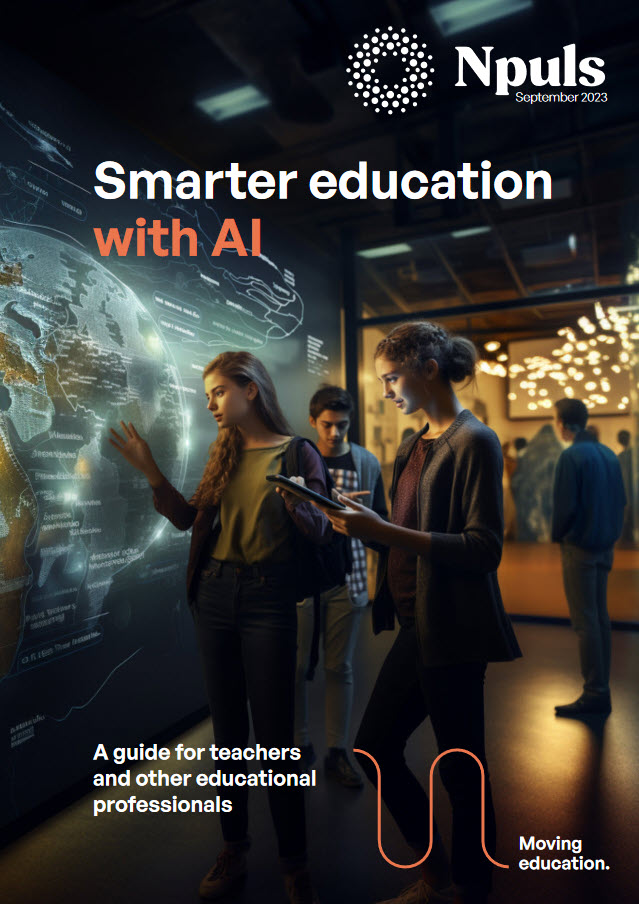How can teachers think and work in higher education to ensure legal and secure examinations? How can we approach the development work from both short-term and long-term perspectives?
Below, you can read a brief discussion on this topic, as well as a compilation of suggestions and recommendations.
Knowledge and insights on how AI, in general, and the AI resource ChatGPT, specifically, can be used and influence us are constantly evolving. New services and applications are being introduced rapidly. However, the fact that ChatGPT has become widely accessible only reinforces our responsibility as course administrators and examiners to design courses that are legally sound and support student learning. In this work, we must constantly ask ourselves: what is the core knowledge in my course, how is it expressed, how do students demonstrate their mastery of that knowledge, and how should we structure the course? In these considerations, open AI can be a resource for both teachers and students, but it also demands that we review questions related to knowledge and legal security.
In the short term, when we have a submitted examination whose authorship we question, the same duty to ensure the origin of the examination applies. This allows us to, for example, have a conversation with the student to verify that they “own their knowledge,” as a supplementary task that can be compared to testing the source in Ouriginal.
To ensure legal and secure examinations, it may be wise to:
- Test your examinations using Open AI.
- Conduct examinations in person whenever possible.
- Design courses with visible processes.
- Shift from a question-answer format in examinations to a question-(clarified) question format, including justifications.
In the long term, potential development paths could include:
- Increasing the use of oral examinations and making them digital. You can record them in Zoom, take photographs of a whiteboard with calculations and concept maps, review them afterwards with the student or colleagues. It is also possible to ask the student to prepare a supporting document or present their knowledge in a format that can be saved as evidence for the examination. Oral examinations have the best conditions to be legally sound and can be part of a progressive examination or a culmination of visible learning processes. We know who we are examining, and more students can pass examinations during the course, which is cost-effective. Oral examinations have been proven effective for up to 60-70 students.
- Designing visible knowledge processes to gain a better understanding of students’ knowledge. Incorporate more practical exercises that do not necessarily need to be graded. Use multiple smaller or progressive examinations and record the results to get closer to our students’ actual knowledge.
- Clear assessment criteria are crucial for legal security, and this applies to all forms of examination. Develop legally sound seminars that can be combined into examinations and serve as learning opportunities.
- Shift written examinations from narratives and summaries towards evaluations (including AI-generated responses, perhaps), arguments, identification of false statements, questioning, basing responses on recordings, including concept maps, ranking the significance of concepts, or other graphic representations, and complementing them with examples from the course content. Narratives and summaries can be done in person through various forms of interaction, where it becomes more likely that the student owns their fundamental knowledge.
- On-campus e-examination.
If you are working with foundational courses or acquiring central knowledge areas, you can ask students in the assessment criteria to make direct connections to the course literature and the topics covered in the course. For advanced courses, you can provide more open-ended instructions for assignments that make it more challenging for AI and encourage students’ independence and critical thinking. They can, to a greater extent, justify and explain their choices and considerations, linking them to the learning objectives.


